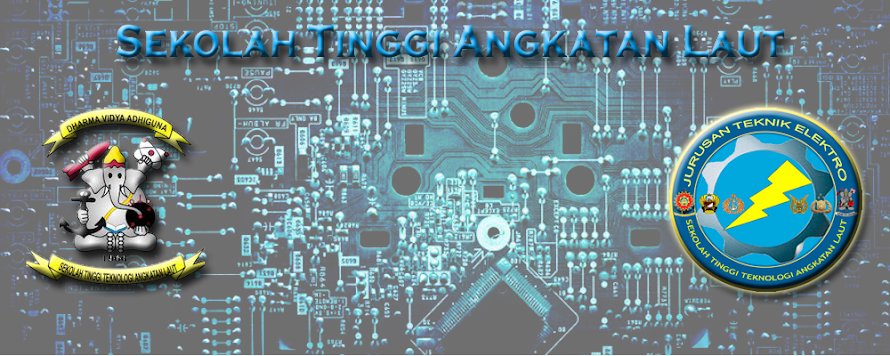PENGARANG
: A.Shah, P.Torres, R.Tscharner, N.Wyrsch, H.Keppner
PENERBIT : IEEE
JUDUL :
Photovoltaic Technology: The
Case for
Thin-Film Solar Cells
Photovoltaic Technology: The Case for
Thin-Film Solar Cells
The photovoltaic (PV)
effect was discovered in 1839 by Edmond Becquerel. For a long time it
remained a scientific
phenomenon with few device applications. After the intro- duction of silicon as the prime
semiconductor material in the late 1950s, silicon PV diodes became
available. They were soon indispens- able for supplying electrical power to
tele- communications equipment in remote loca- tions and to satellites. Then,
in the 1970s, a major reorientation took place in the general perception of the energy
supply problem: The oil crisis of 1973 led to a general
public awareness of the limitation of fossil fuels; many governments (including
those of the United States, Japan,
and several European countries) started, a few years later, ambitious programs in the search for
alternative energy sources, including PV solar energy. This trend
was reinforced
The advantages and limitations of pho- tovoltaic solar modules for energy gene- ration
are reviewed with their operation
principles and physical efficiency limits.
Although the main materials currently used or investigated
and the associated
fabrication technologies are individually described, emphasis
is on silicon-based solar cells. Wafer-based crystalline sili-
con solar modules dominate in terms
of production, but amorphous silicon solar cells have the potential
to undercut
costs owing, for example,
to the roll-to-roll production possibilities for modules. Recent develop-ments suggest that
thin- film crystalline silicon (especially micro- crystalline silicon) is becoming
a prime candidate for future photovoltaics.
Charge separation. In the second step of the energy conversion process,
the photoge- nerated electron-hole pairs
are separated, with electrons
drifting to one of the elec- trodes and holes drifting to the other elec-
trode, because of the internal electric field created by the diode structure of the solar cell. The dark (nonilluminated)
characteris- tics of the diode and the photogenerated current can in principle, be linearly super
Crystalline
silicon solar cells: The trend to- ward thin-film crystalline silicon.
As .80% of solar cells produced at
present are crystal- line silicon solar cells (6 ) and the remaining 20% are mostly amorphous
silicon solar cells (which are mainly restricted to consumer electronics),
almost all PV systems with .1- kW peak power rating (kWp ) are fitted with crystalline silicon
solar cells. These
solar cells were until very recently exclusively based on the use of
silicon wafers. Alterna- tive structures, such as silicon
ribbons, are just being introduced into the market.


figur 1. (A) Electrical equivalent circuit of a PV solar cell (61). The diode is a dark (nonillumi- nated) p-n or p–i-n diode. Additional recombina- tion (particularly in the i-type layer of p–i-n di- odes) is represented by the current source, which counteracts the photogenerated current. Rs and Rsh are resistors that represent electrical losses (for example, Rs losses due to contact resistance and Rsh losses due to pinholes through the solar cell). (B) Typical I-V characteristics of a solar cell,with the three characteristic parameters: short- circuit current Isc, open-circuit voltage Voc, and fill factor FF 5 Pmax /(Voc 3 Isc ); Pmax is the electrical power delivered by the cell at the maximum power point.
Strength: pembangkit
listrik menggunakan ftovoltaic merupakan energi alternatif yang sangat baik apalagi
digunakan diindonesia yang sangat kaya sinar matahari sepanjang tahun tanpa
adanya musim dingin dan musim lain yang minim sinar matahari.
Weakness: biaya pemasangan
pertama yang mahal sehingga orang indonesia kurang tertarik dengan sumberdaya alternatif
ini.







